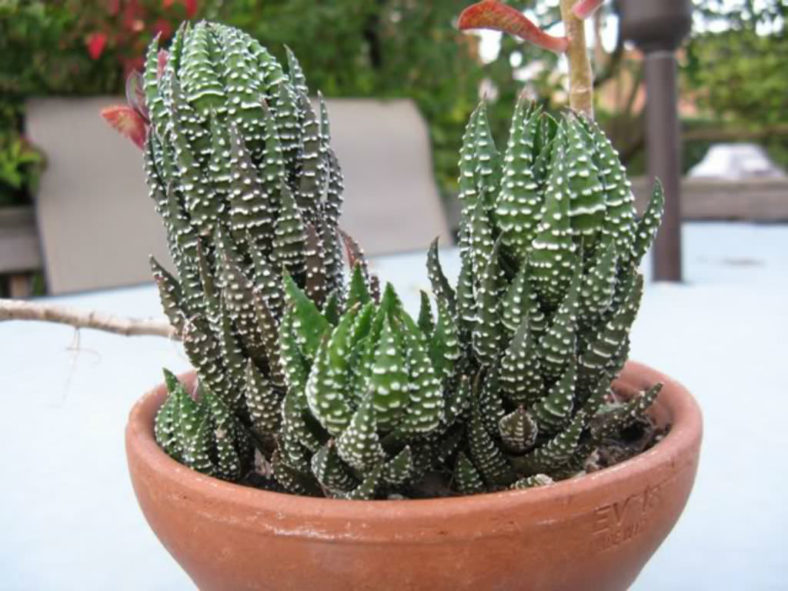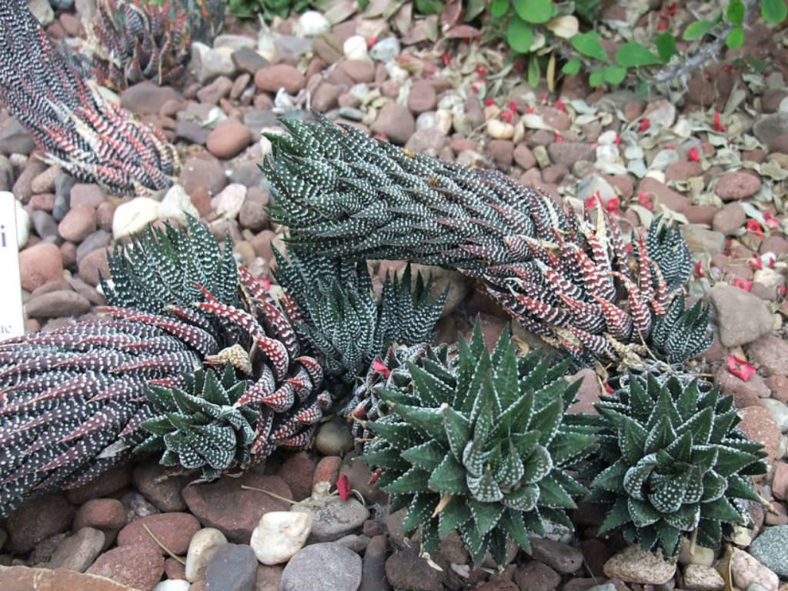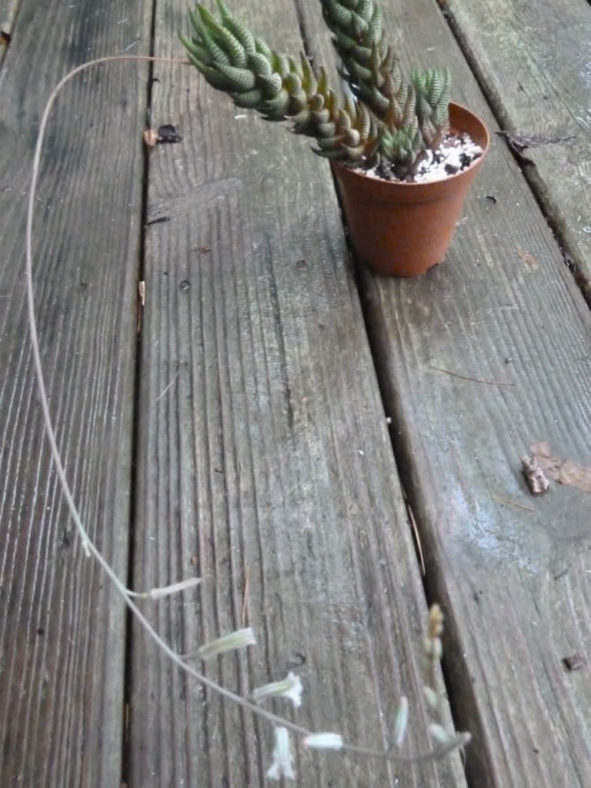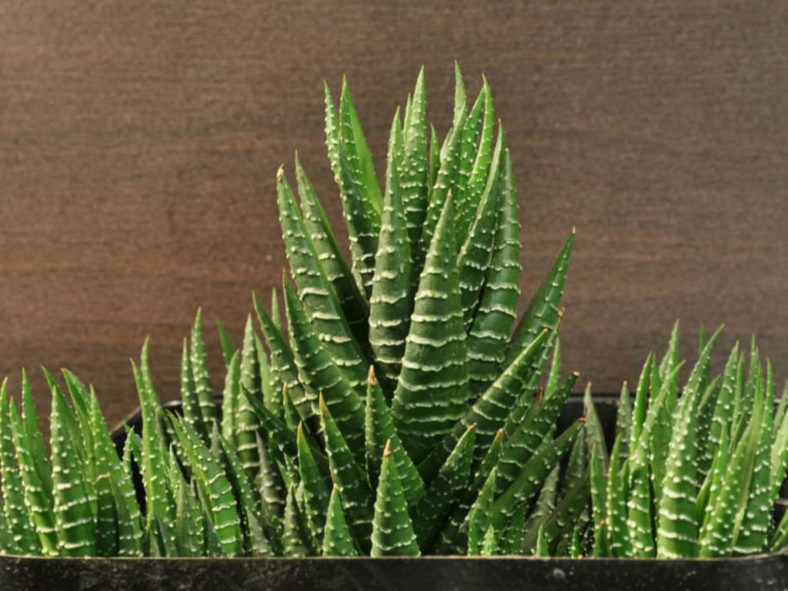Scientific Name
Haworthiopsis reinwardtii (Salm-Dyck) G.D.Rowley
Common Name(s)
Zebra Wart
Synonym(s)
Aloe reinwardtii, Catevala reinwardtii, Haworthia reinwardtii
Scientific Classification
Family: Asphodelaceae
Subfamily: Asphodeloideae
Tribe: Aloeae
Genus: Haworthiopsis
Etymology
The varietal epithet "reinwardtii" (pronounced "rine-WARD-tee-eye") honors Caspar Georg Carl Reinwardt (1773-1854), a Prussian-born Dutch botanist considered to be the founding father of Bogor Botanical Garden in Indonesia.
Origin
Haworthiopsis reinwardtii is native to South Africa. It occurs southeast of Grahamstown, between the Kowie River and the Fish River, and extends eastwards from the Fish River to near East London in the Eastern Cape.
Description
Haworthiopsis reinwardtii, formerly known as Haworthia reinwardtii, is a small succulent that forms elongated rosettes of fleshy, green to brownish-green leaves with white, scale-like tubercles. The rosettes can grow up to 8 inches (20 cm) tall and 4 inches (10 cm) in diameter, producing offsets and forming clumps over time. The leaves are erect, spreading, or incurved, measuring up to 2.8 inches (7 cm)in length and 0.8 inches (2 cm) in width.
The flowers are tubular, pinkish-white, and appear in spring, spirally arranged on slender, usually simple stalks that can grow up to 12 inches (30 cm) long.
Haworthiopsis reinwardtii is frequently confused with Haworthiopsis coarctata. However, Haworthiopsis reinwardtii has larger, flatter, and whiter tubercles on the leaves, while those of Haworthiopsis coarctata are smaller, smoother, and rounder. Additionally, Haworthiopsis reinwardtii has thinner and narrower leaves.

Varieties and Forms of Haworthiopsis reinwardtii
- Haworthiopsis reinwardtii var. brevicula
- Haworthiopsis reinwardtii var. reinwardtii
- Haworthiopsis reinwardtii f. chalumnensis
- Haworthiopsis reinwardtii f. kaffirdriftensis
- Haworthiopsis reinwardtii f. olivacea
How to Grow and Care for Haworthiopsis reinwardtii
Hardiness: USDA hardiness zones 9b to 11b: from 25°F (-3.9°C) to 50°F (10°C).
These succulents are not considered difficult to grow as houseplants. If you can keep a pot of Aloe alive on a windowsill, chances are you can do the same with a dish of Haworthia. As with all succulents, the most common issue is overwatering. They should never be allowed to sit in water under any circumstances. At the same time, these little decorative plants can be grown in interesting containers such as teacups and even miniature baby shoes. If you're given a Haworthia in such a container, ensure the container has adequate drainage.
Haworthias are small, typically ranging from 3 to 5 inches (7.5 cm to 12.5 cm) in height, and are relatively slow-growing. Therefore, they are often grown in small clusters in wide, shallow containers. Over time, clusters will naturally enlarge as the mother plant sends off small plantlets. When the cluster has outgrown its container, repot into a new wide and shallow dish with fresh potting soil in the spring or early summer. This is also the time to take offsets for propagation.
See more at How to Grow and Care for Haworthia.
Links
- Back to genus Haworthiopsis
- Succupedia: Browse succulents by Scientific Name, Common Name, Genus, Family, USDA Hardiness Zone, Origin, or cacti by Genus
Photo Gallery
Click on a photo to see a larger version.


